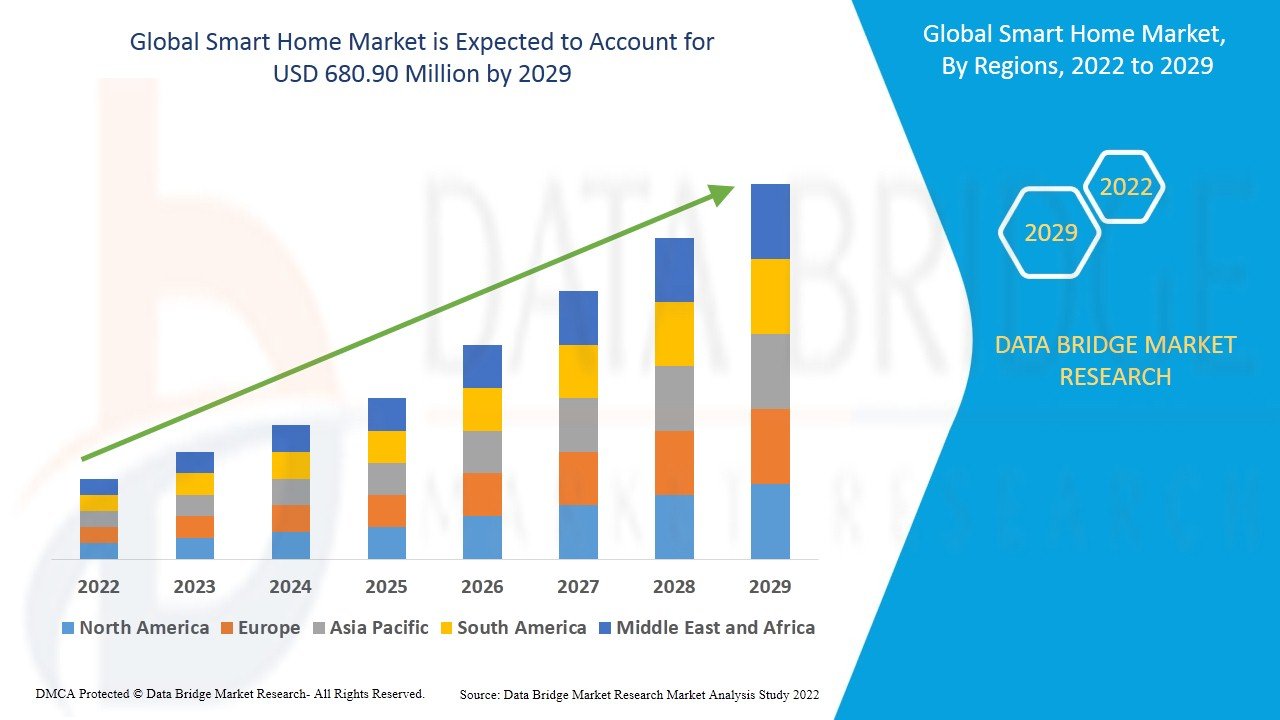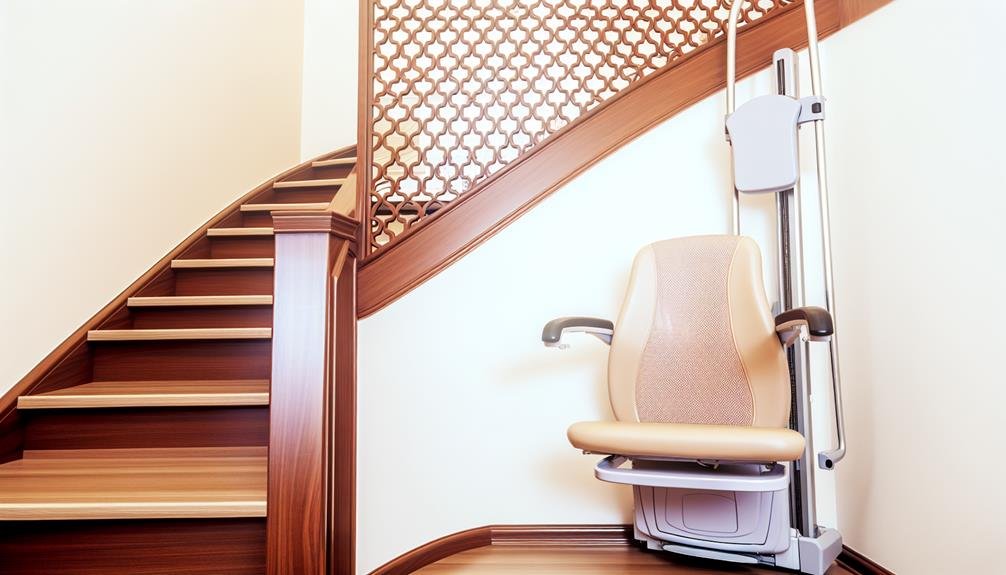- A smart home refers to a living space that is equipped with various interconnected devices and systems that can be controlled and automated to enhance comfort, convenience, security, and energy efficiency. These devices, often connected to the internet, communicate with each other and can be remotely controlled through a central hub or smartphone app. The goal of a smart home is to streamline and simplify daily tasks and routines while creating a more connected and responsive living environment.
- Securing our homes and protecting our loved ones is a top priority for homeowners. In recent years, the emergence of smart home systems and devices has revolutionized the way we approach home security. These advanced technologies offer convenience, connectivity, and peace of mind like never before. In this blog post, we will explore how smart home systems and devices can enhance home security, providing you with valuable insights to make informed decisions when it comes to protecting your home.
Table of Contents
Global Smart Home Market
- Over the last year, the number of internet users has increased, with over 1 million people getting online every day for the first time since January 2018. The rising use of the internet has resulted in the global acceptance of smart houses. The growing desire for a lavish lifestyle in developing countries, as well as increased internet penetration, have aided the market’s growth in recent years. As a result, continued internet penetration will boost market growth tremendously over the anticipated time.
- According to Databridge market research, the Global Smart Home Market was valued at USD 121.82 million in 2021 and is expected to reach USD 680.90 million by 2029, registering a CAGR of 22.80% during the forecast period of 2022-2029.
- For more insights on the global smart home market visit https://www.databridgemarketresearch.com/reports/global-smart-home-market
Key Components of a Smart Home:
- Connected Devices: Smart home devices include smart speakers, thermostats, lighting systems, door locks, security cameras, appliances, and more. These devices are equipped with sensors, Wi-Fi connectivity, and automation capabilities.
- Central Hub: A central hub acts as the control center for all smart devices in the home. It allows users to manage and monitor the devices, create automation routines, and receive notifications and alerts.
- Internet of Things (IoT) Integration: The integration of various IoT devices enables seamless communication and interaction between different systems within the smart home ecosystem. This allows for a synchronized and intelligent operation of devices.
- Voice Control: Many smart homes utilize voice-activated assistants like Amazon Alexa or Google Assistant, allowing users to control their devices and perform tasks simply by speaking commands.
Understanding Smart Home Security:
- Smart home security systems and devices are designed to safeguard your property by utilizing innovative technology. These systems typically consist of a combination of devices such as smart door locks, video doorbells, security cameras, motion sensors, window, and door sensors, alarms, and smoke and carbon monoxide detectors. They work in harmony to create a comprehensive security network, offering a layered approach to home protection.
Essential Smart Home Security Devices:
- Smart Door Locks: Upgrade your traditional lock to a smart door lock that offers advanced access control features such as keyless entry, remote locking and unlocking capabilities, and activity monitoring.
- Video Doorbells: Video doorbells provide a clear view of your doorstep and allow for two-way communication with visitors. They also offer motion detection and recording features, providing an extra layer of security.
- Indoor and Outdoor Security Cameras: Installing indoor and outdoor security cameras allows you to monitor your property from anywhere. High-definition video footage, night vision, and motion detection capabilities ensure that you stay informed about any unusual activity in and around your home.
- Motion Sensors: Motion sensors detect movement within a specified area and trigger an alarm or notification. These devices are effective at detecting intruders and can be placed strategically throughout your home.
- Window and Door Sensors: Window and door sensors are placed on entry points and alert you when a window or door is opened or tampered with. They provide an additional layer of security to prevent unauthorized access.
- Smart Alarms and Sirens: Smart alarms and sirens serve as deterrents by sounding a loud alarm and/or activating flashing lights when triggered. These devices are crucial for alerting you and your neighbors in case of a break-in.
- Smoke and Carbon Monoxide Detectors: Smart smoke and carbon monoxide detectors provide early warnings in the event of a fire or gas leak. They can send notifications to your smartphone and even contact emergency services, ensuring the safety of your family and home.
Integration and Management of Smart Home Security:
- Smart home security systems can be integrated and managed through a centralized hub or smartphone app. This allows you to control and monitor all your security devices from a single interface. You can customize security settings, receive real-time notifications, and even remotely access your security system while away from home.
Enhancing Security with Automation and Integration:
- Automation and integration are key components of smart home security. Features such as geofencing enable your security system to automatically arm or disarm itself based on your location. Smart lighting can be programmed to simulate occupancy, deterring potential intruders. Remote access and monitoring capabilities allow you to check on your home and adjust security settings from anywhere, providing peace of mind while you’re away.
Privacy and Security Considerations:
- When adopting smart home security systems and devices, it’s essential to prioritize privacy and security. Choose reputable brands that adhere to stringent security protocols. Set strong, unique passwords for your devices and Wi-Fi network. Regularly update firmware and software to protect against vulnerabilities. Additionally, be cautious about sharing personal information and review the privacy policies of your chosen devices and services.
Conclusion:
- The concept of a smart home continues to transform the way we live by integrating technology into our daily lives. With enhanced convenience, security, energy efficiency, and comfort, smart homes offer a more connected and responsive living experience. As technology advances, the possibilities for smart home automation and control are expanding, providing endless opportunities for customization and personalization to meet the needs and preferences of homeowners.
- Enhancing your home security with smart home systems and devices offers an unprecedented level of protection, convenience, and peace of mind. By integrating essential security devices.
- Visit https://recifest.com/




